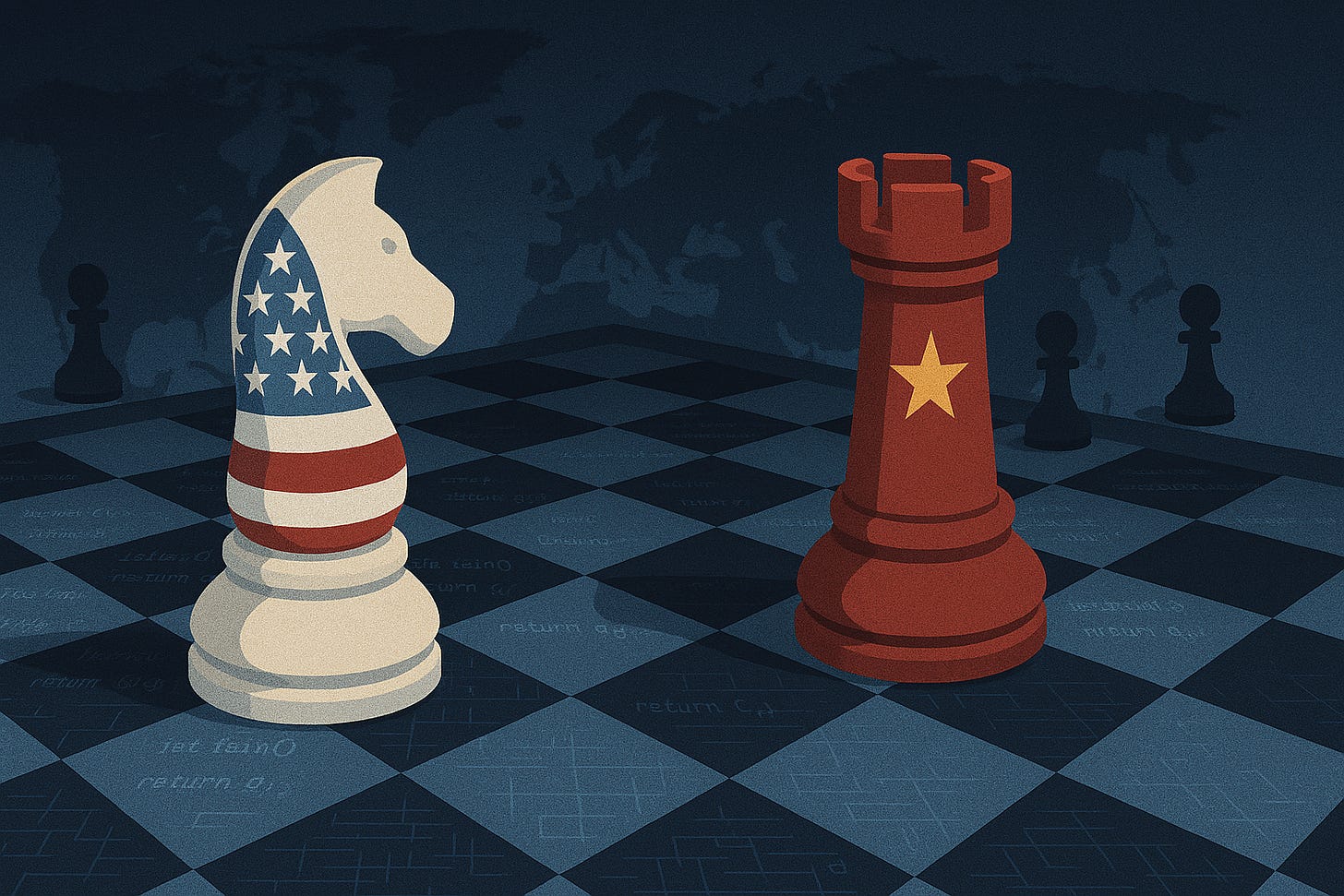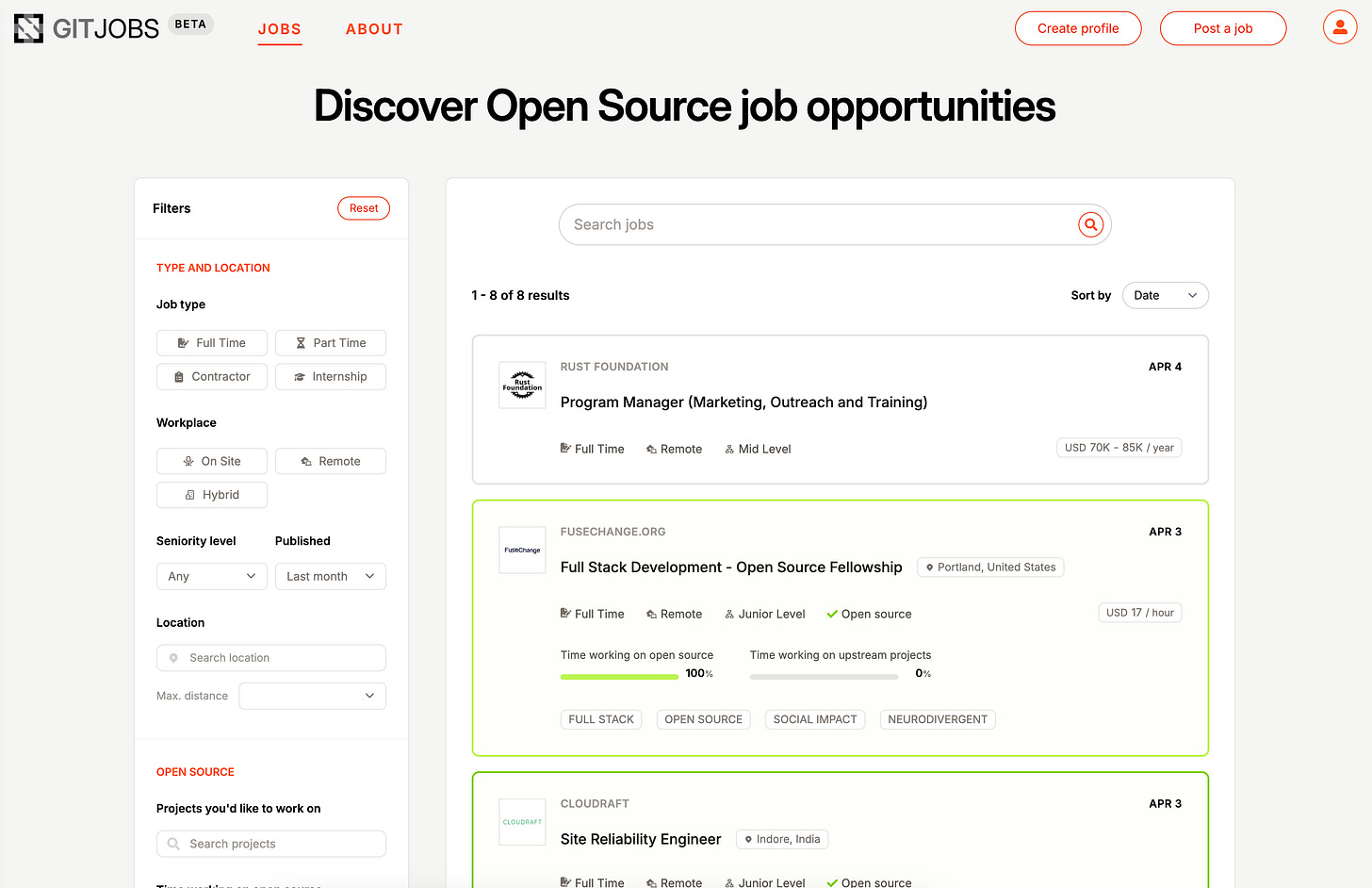Open Source Is Geopolitical Now
Beyond code: open source has evolved into a relevant force in geopolitical competition.
Open source software powers most of the modern world - from the Linux servers running our internet to the Android phones in our pockets. Once seen purely as a software development model, open source is now a geopolitical topic. Governments and companies alike recognize that whoever controls key technologies gains strategic advantage.
DeepSeek caused an “AI Sputnik moment”
A good example for the geopolitical relevance of open source is DeepSeek, which caused an “AI Sputnik moment,” showing that big AI breakthroughs aren’t restricted to Silicon Valley. Some people even speculate that China released DeepSeek strategically to push OpenAI toward open sourcing, though that’s likely not true.
China has been embracing open source for over a decade. Most major Chinese tech companies are part of the Linux Foundation and today Chinese firms rank among the top contributors to projects like Linux and Kubernetes. Companies like Huawei, Tencent, Baidu, and Alibaba have collectively open-sourced thousands of projects and contributed code to global communities.
By participating in and creating open platforms, China reduces its dependence on US technology and mitigates the risk of sanctions or export controls. In other words, open source is seen as a way to level the playing field and ensure no single foreign player can hold China’s tech progress hostage.
Open source gives China access to global innovation while also seeding homegrown alternatives (for example, Huawei’s open-source HarmonyOS was developed to lessen reliance on Android).
The DeepSeek saga fits this pattern – it’s as much about self-reliance and pride in China’s AI capabilities as it is about competing with any one Western company.
The Tactics of Open Source
Beyond collaboration, open source is a strategic tool in the high-stakes tech arena. There are two modes to this game: “attack” and “defense.” Companies - and nations - switch between these modes depending on their market position.
Playing Attack: Open-Sourcing to Catch Up
When a competitor is leading the pack, one way to close the gap is to open source your technology – effectively enlisting the world’s developers to help improve it and drive its adoption. This “attack” mode uses openness to level the playing field. Notable examples include:
Google & Android: Apple iOS led smartphones until Google made Android free and open source, enabling manufacturers and developers worldwide. Android quickly caught up and even overtook iOS in market share.
Google & Kubernetes: AWS was far ahead in cloud computing, so Google released Kubernetes, its internal container orchestration system. Kubernetes became an industry standard, reducing AWS’s lock-in advantage.
Meta & Llama: In 2023, Meta was behind OpenAI and Google in AI. By releasing Llama openly, Meta gained community support and adoption, striking at rivals’ closed approaches.
In each of these cases, a player open-sourced key technology to attack the leader. Open source lowered the barrier for partners and users, accelerated innovation through community contributions, and eroded the incumbent’s proprietary lock-in. It’s a classic “if you can’t beat them, open up” maneuver.
Playing Defense: Open-Sourcing to Stay on Top
Open source can also be used defensively. When a company leads the market, it might open source (or partially open) its tech to maintain that lead and to prevent challengers from gaining momentum. The goal in defense mode is to keep the developer community loyal and set the industry standard before an upstart does. We’re likely seeing this strategy from OpenAI right now.
After ChatGPT and GPT-4 dominated AI, OpenAI was closed-source. But as rivals like DeepSeek emerged, CEO Sam Altman announced an “open-weight” language model on X. Altman admitted before that OpenAI may have been on the “wrong side of history” regarding open source, and that it’s time to rethink that stance.
Why the change? Pressure from open source competitors. By offering a partially open model, OpenAI hopes to hold developers’ attention and remain the go-to AI platform. Rumor has it that its new model could be even more open than Meta’s Llama, which would protect OpenAI’s lead while preventing developers from migrating elsewhere (especially DeepSeek).
Open Tech, Global Stakes
From China’s DeepSeek to OpenAI’s upcoming model, open source is now embedded in tech’s grand strategy. Nations and corporations treat technology like pieces on a geopolitical chessboard.
The bottom line? Open source is about much more than code; it’s about influence and power on a worldwide stage.
New & Hot Open Source Projects 🔥
Gumroad: An e-commerce platform that allows creators to sell digital and physical products directly to their audience. Now open source! GitHub
Zola: Zola is a free, open-source AI chat app with multi-model support. GitHub
Self.so: Turn your LinkedIn profile into a personal website. Powered by Together.ai. GitHub
Unbody: Modular, open-source backend for building AI-native software - think Supabase for AI apps. GitHub
Open Source Jobs 💼
My colleagues from CNCF just launched GitJobs - go check it out! 🔥
Open Source Funding Rounds 💸
Browser Use, which makes websites accessible for AI agents, raised $17M. Link
Next week I will skip the newsletter as I am on vacation. 🏝️
Cheers,
Jonathan (@jonathimer)








Thank you! Love the newsletter 😁